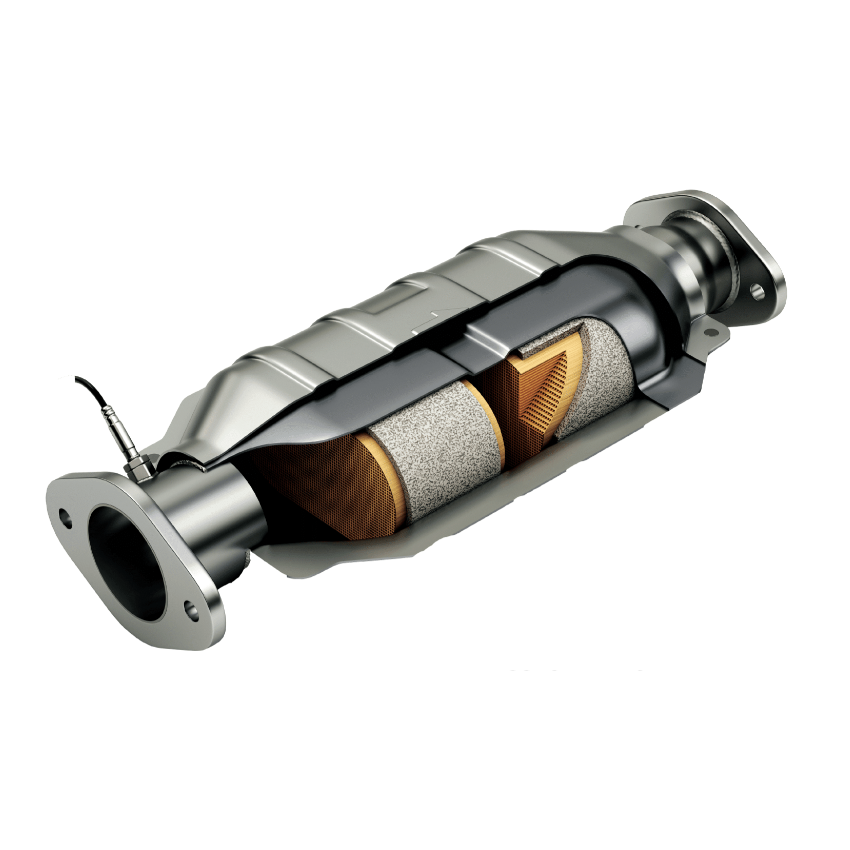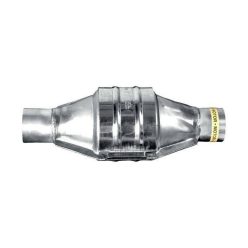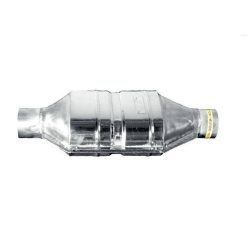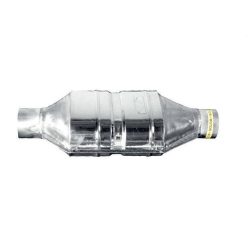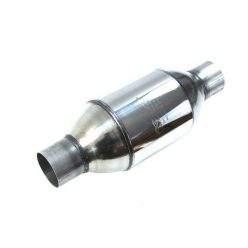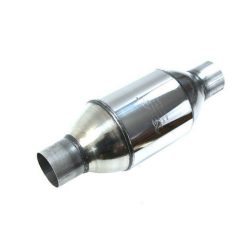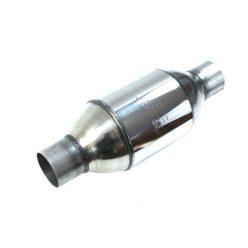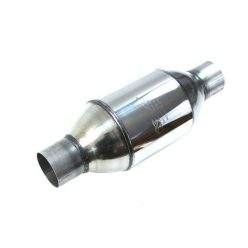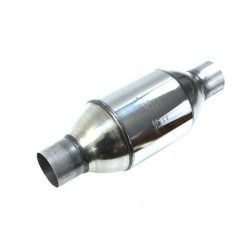Everything You Need to Know About Catalytic Converters in Motorsports and Tuning
Introduction
In the modern automotive industry, especially in the world of racing cars and tuned vehicles, one of the most important components is the catalytic converter. These devices not only contribute to environmental protection but also significantly improve vehicle performance. In this article, we will explore the workings of catalytic converters, their types, EURO standard classifications, the role of cell density (CPSI), and the latest technological developments in this field.
What is a Catalytic Converter?
A catalytic converter is a device that transforms harmful substances in a vehicle's exhaust gases (such as carbon monoxide, nitrogen oxides, and unburned hydrocarbons) into less harmful ones. This process is called catalytic conversion. The main precious metals used in catalytic converters are platinum, palladium, and rhodium.
How Does It Work?
Catalytic converters consist of three main components:
Monolithic Substrate: This is a ceramic or metal mesh that increases the surface area to allow exhaust gases to contact the catalyst metals.
Catalytic Coating: Contains the active precious metals (platinum, palladium, rhodium) that initiate chemical reactions to convert harmful substances into less harmful ones.
Protective Layer: Shields the converter structure from heat and chemical damage, prolonging its lifespan.
Metal vs. Ceramic Catalytic Converters
Metal Substrate Catalytic Converters: The metal mesh provides greater mechanical strength, better heat resistance, and faster warm-up times. Ideal for racing and tuning vehicles, as they withstand higher loads and intense usage.
Ceramic Substrate Catalytic Converters: Offer excellent heat resistance and good flow characteristics. Commonly used in street cars and suitable for tuned vehicles.
EURO Standards
The EURO standards were introduced by the European Union to reduce vehicle emissions. Each standard becomes progressively stricter over time, with EURO 6 being the most recent and demanding, significantly reducing nitrogen oxides and particulate matter emissions.
Cell Density (CPSI)
Catalytic converter cell density, measured in CPSI (Cells Per Square Inch), determines the efficiency and flow characteristics. Lower CPSI values (e.g., 100-200 CPSI) offer less resistance, ideal for racing and tuning cars. Higher CPSI values (e.g., 400-600 CPSI) provide better filtration for street use.
Technological Developments
The automotive industry continues to improve catalytic converter efficiency and durability. New-generation converters are lighter, more durable, and offer higher efficiency.
Conclusion
Catalytic converters are essential for both environmental protection and engine performance, particularly in racing and tuning vehicles. LLRacing's catalytic converters feature the latest technological advancements and high-quality standards to ensure that your vehicle emits fewer harmful substances while delivering maximum performance. Explore our selection and choose the best for your vehicle.

